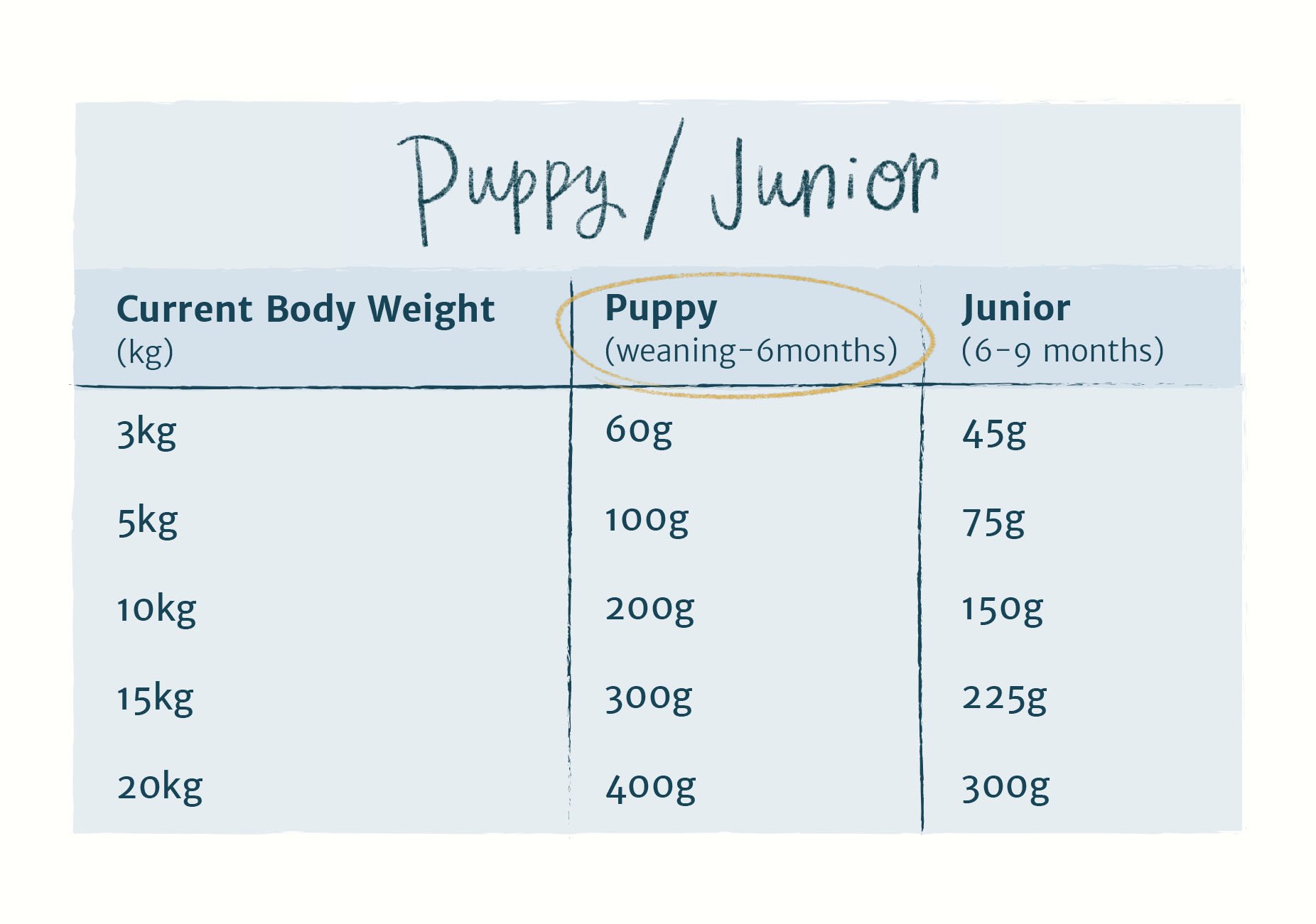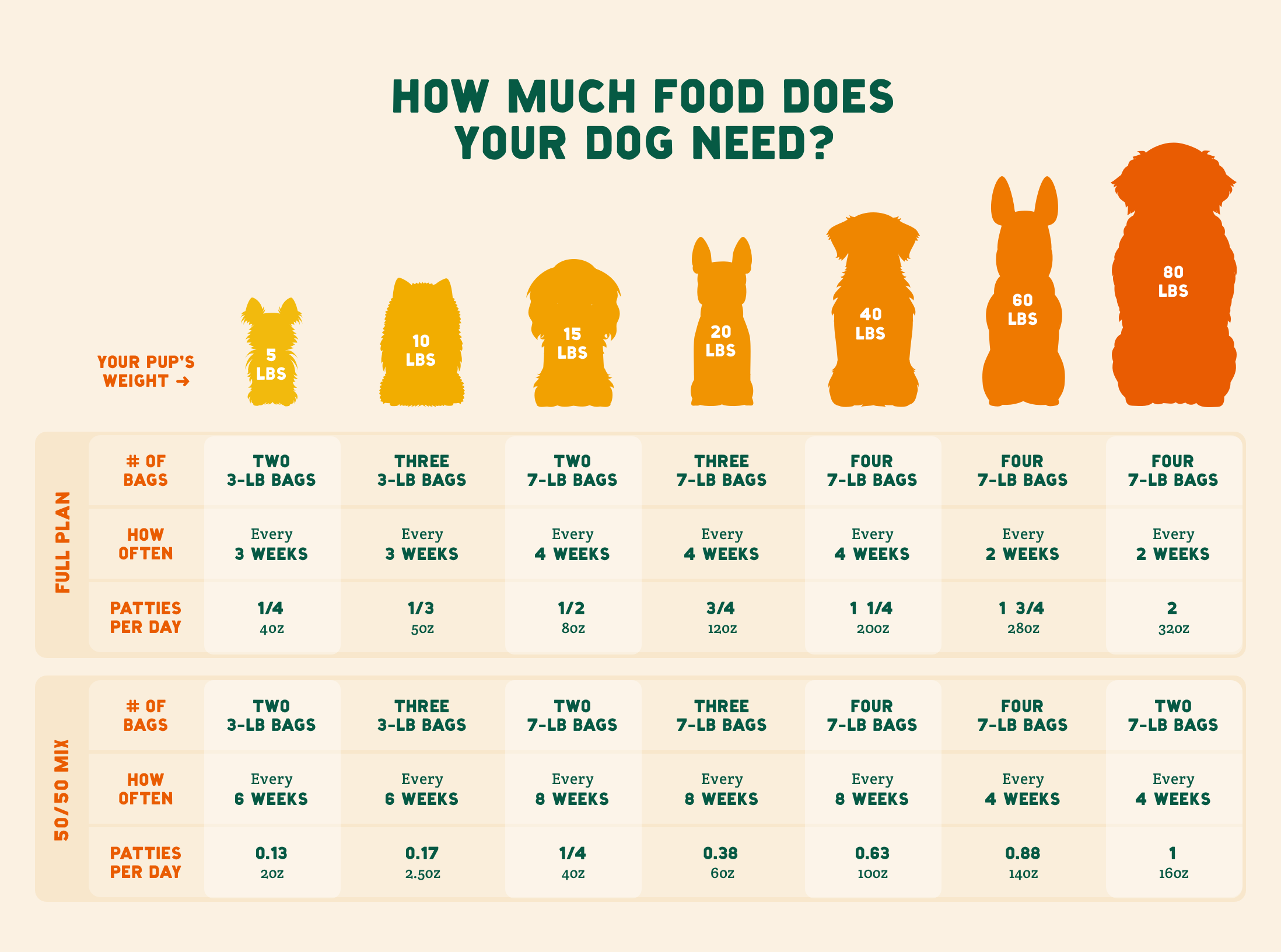How Much Is My Puppy Supposed To Eat
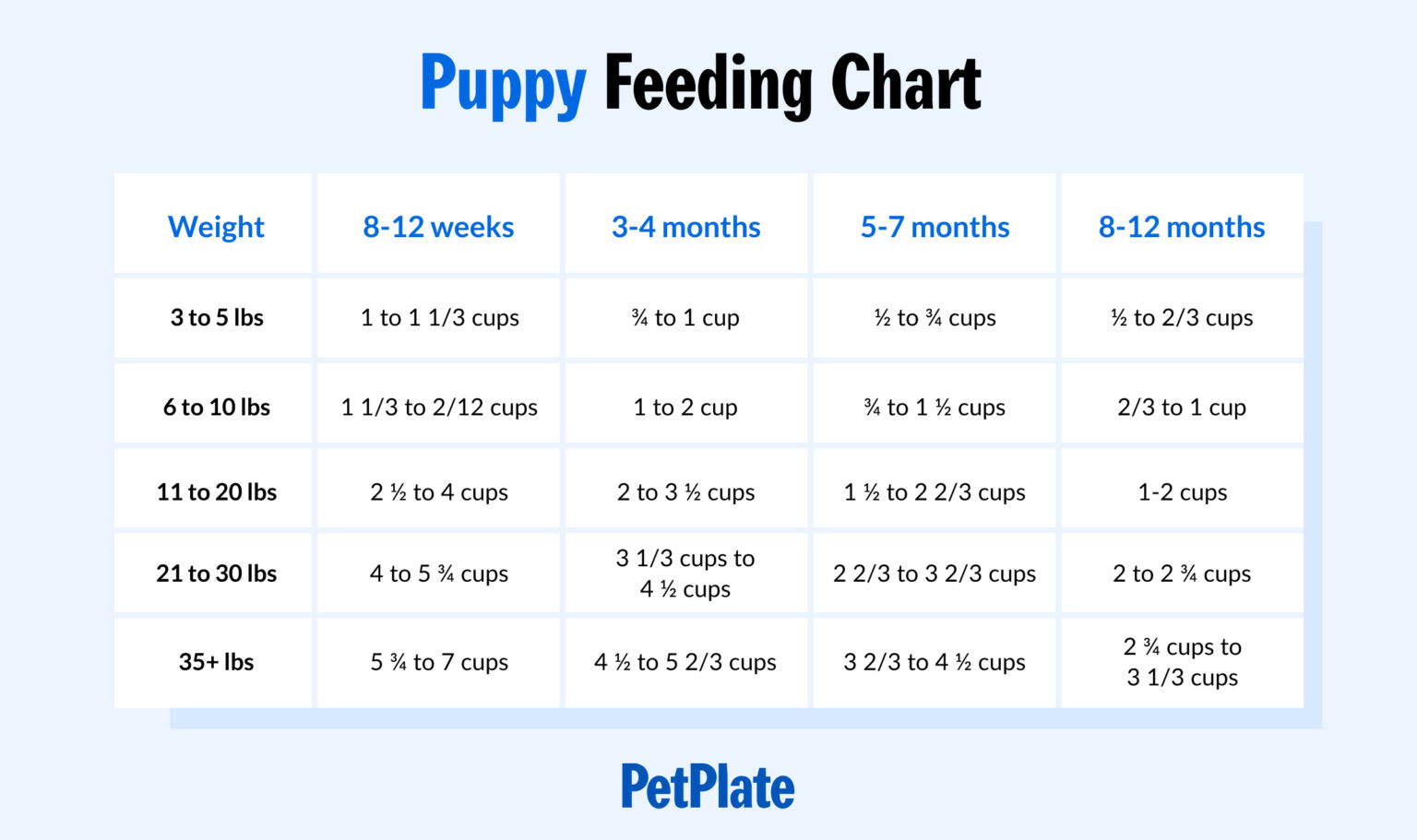
Imagine the scene: A tiny ball of fluff, all wide eyes and wobbly paws, gazing up at you with unwavering trust. A bowl of kibble sits before them, seemingly bottomless. You wonder, is this too much? Too little? The guilt creeps in – are you doing right by this little life you've brought into your home?
Navigating puppyhood is a delightful whirlwind, but one question constantly plagues new pet parents: How much should my puppy really eat? Getting the answer right is crucial for healthy growth, preventing both obesity and malnutrition. This article dives into the factors influencing a puppy's dietary needs, offering practical guidance for ensuring your furry friend thrives.
Understanding Puppy Nutrition
Puppies have vastly different nutritional requirements than adult dogs. They're essentially building blocks, requiring higher levels of protein, fat, and certain minerals to support rapid growth. Think of it as laying the foundation for a healthy adulthood.
The American Kennel Club (AKC) emphasizes the importance of puppy-specific food during this critical stage. These formulas are carefully balanced to meet the unique demands of a growing body, something adult dog food simply can't achieve.
Factors Influencing Food Intake
Several factors determine how much a puppy should eat. Breed size is arguably the most significant. A Great Dane puppy, for example, will require significantly more food than a Chihuahua puppy, even at the same age.
Age also plays a crucial role. Very young puppies, still transitioning from their mother's milk, need smaller, more frequent meals. As they mature, meal frequency decreases, but portion sizes adjust accordingly.
Activity level is another consideration. A highly active puppy who spends hours playing fetch will burn more calories than a more sedentary pup, thus requiring more food to maintain a healthy weight.
Decoding the Food Label
Every bag of puppy food has a feeding guide, but it’s important to treat these guides as just that – guidelines. These are often based on the average puppy and may not perfectly reflect your dog’s individual needs. According to the Pet Food Institute, these charts are designed to be a starting point and should be adjusted based on your puppy's body condition.
Pay attention to the listed ingredients. High-quality puppy food will prioritize meat-based protein sources, like chicken or lamb, as the primary ingredient. Avoid foods heavy on fillers, like corn or wheat.
It’s also useful to know the Association of American Feed Control Officials (AAFCO) standards. A statement declaring the food is "complete and balanced" for growing puppies indicates it meets these standards, offering some reassurance of its nutritional adequacy.
Body Condition Scoring
Beyond the feeding guide, regularly assessing your puppy's body condition is key. You should be able to feel their ribs without pressing hard, and they should have a visible "waist" when viewed from above.
If you can't feel their ribs easily, you're likely overfeeding. Conversely, if their ribs are prominently visible, they may need more food. Consult with your veterinarian if you’re unsure.
Practical Tips for Feeding Your Puppy
Divide your puppy's daily food allowance into multiple smaller meals. This aids digestion and helps prevent hypoglycemia, especially in small breeds.
Fresh water should always be available. Proper hydration is essential for overall health.
Avoid table scraps and human food. These can disrupt their diet and potentially lead to health problems.
“Monitoring your puppy's weight and adjusting their food intake accordingly is a continuous process,” advises Dr. Emily Carter, a veterinarian specializing in canine nutrition.
Regular check-ups with your vet are crucial. They can assess your puppy's growth and provide personalized dietary recommendations.
Conclusion
Feeding a puppy is more art than science. It requires careful observation, a willingness to adjust, and a deep understanding of your individual dog's needs. While guidelines and recommendations offer a starting point, the best approach is a collaborative one, working closely with your veterinarian to ensure your puppy receives the nutrition they need to thrive. Remember, a well-nourished puppy is a happy and healthy puppy, ready to fill your life with joy and boundless energy.
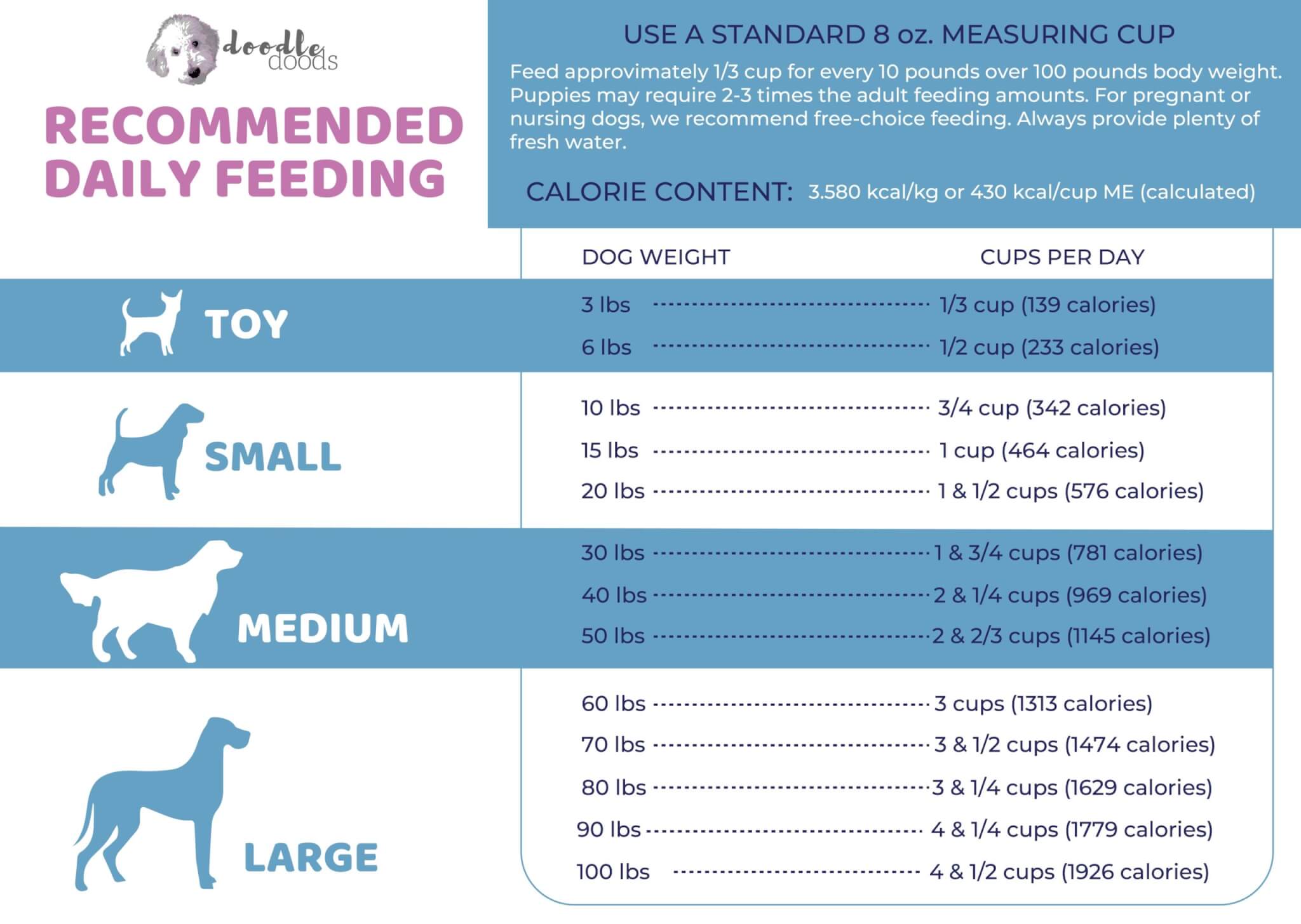
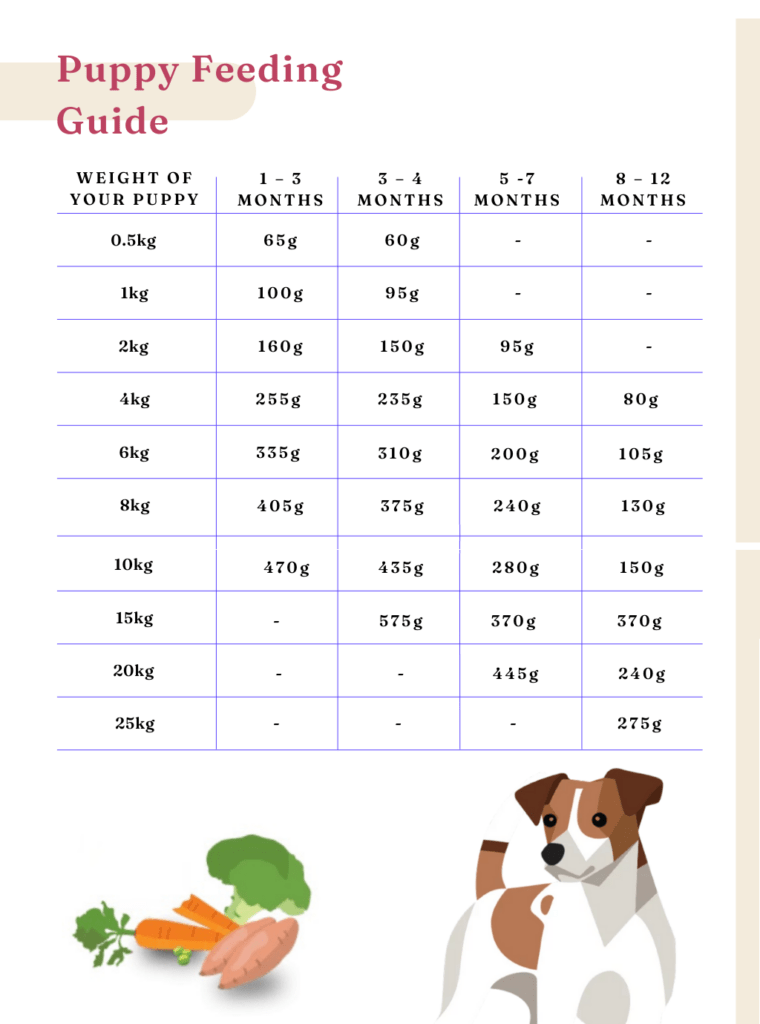

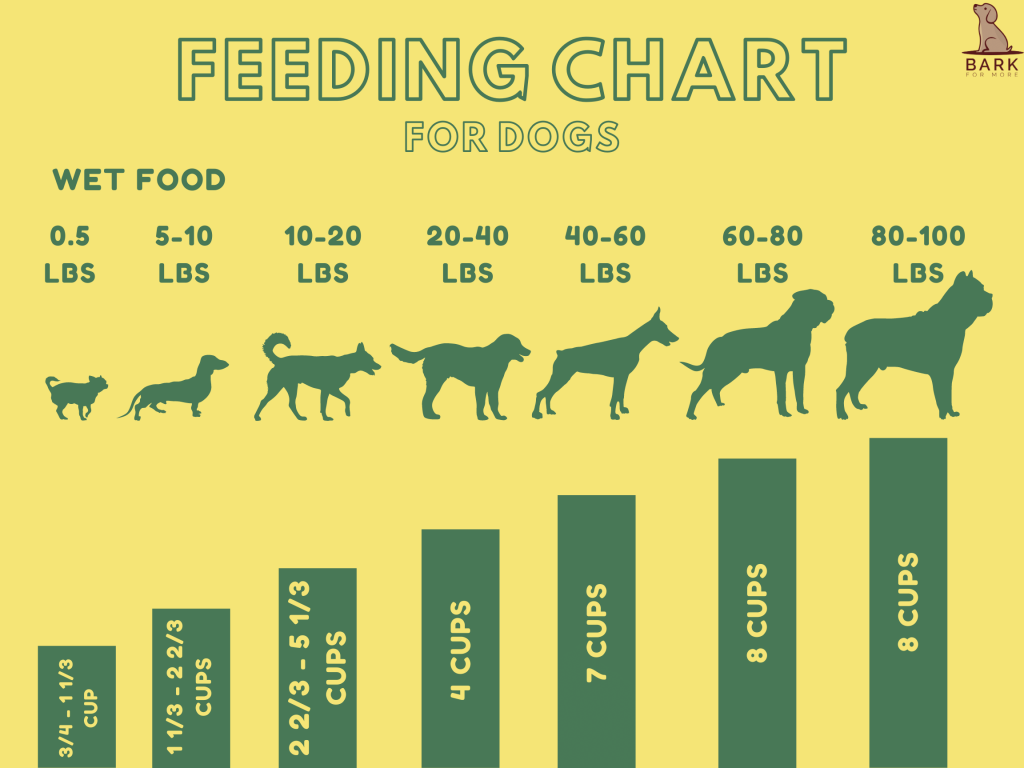
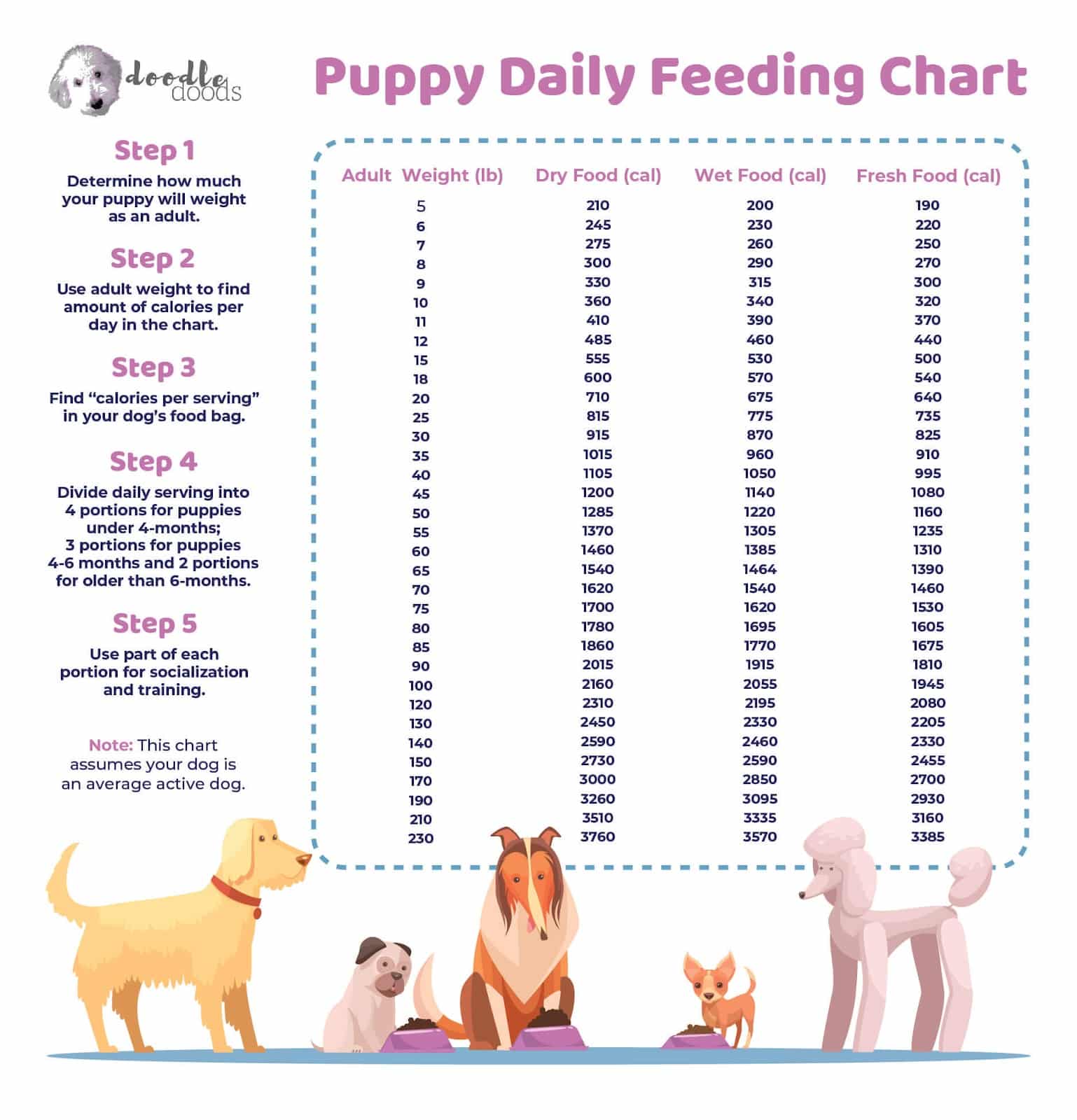


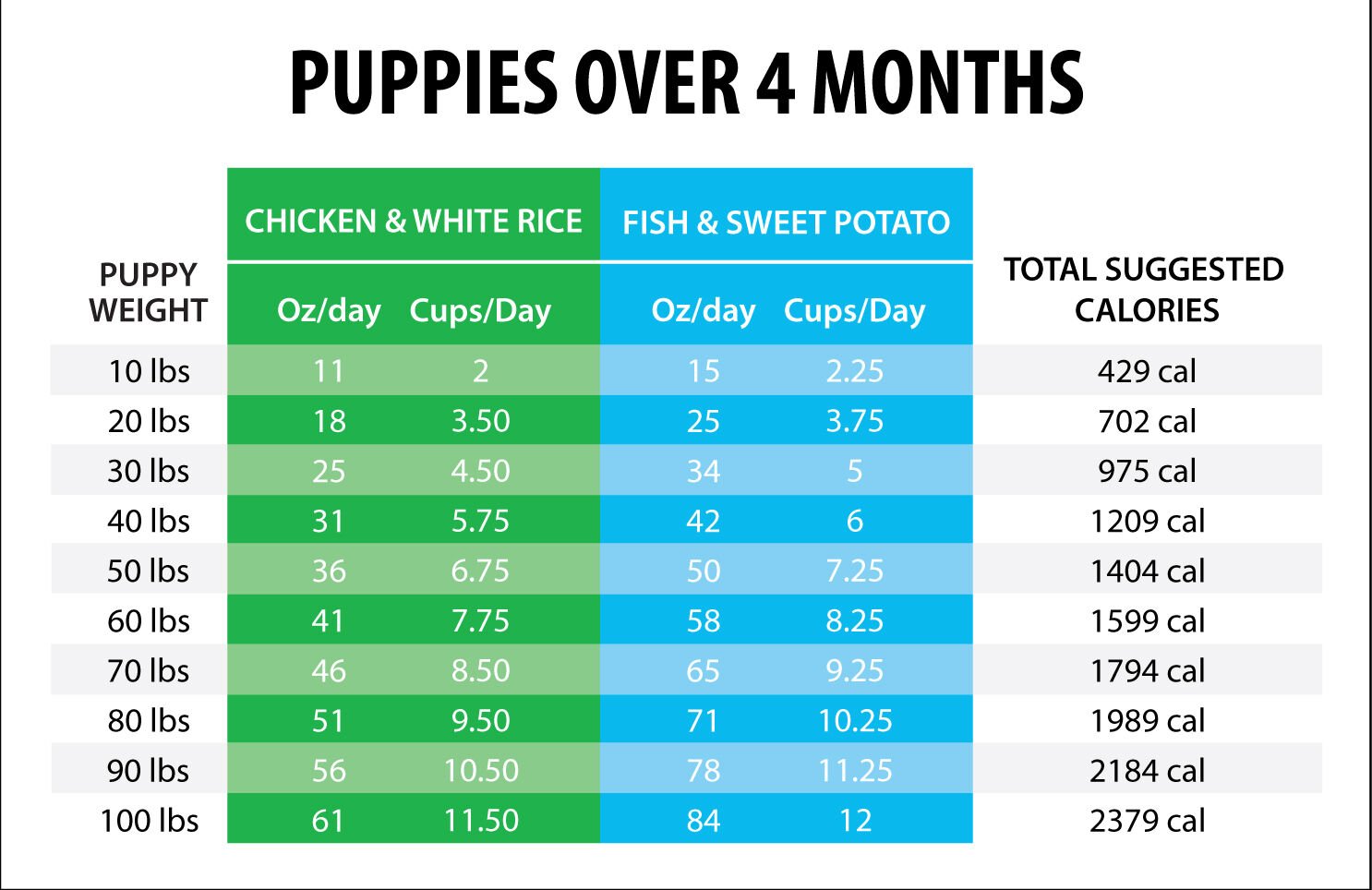

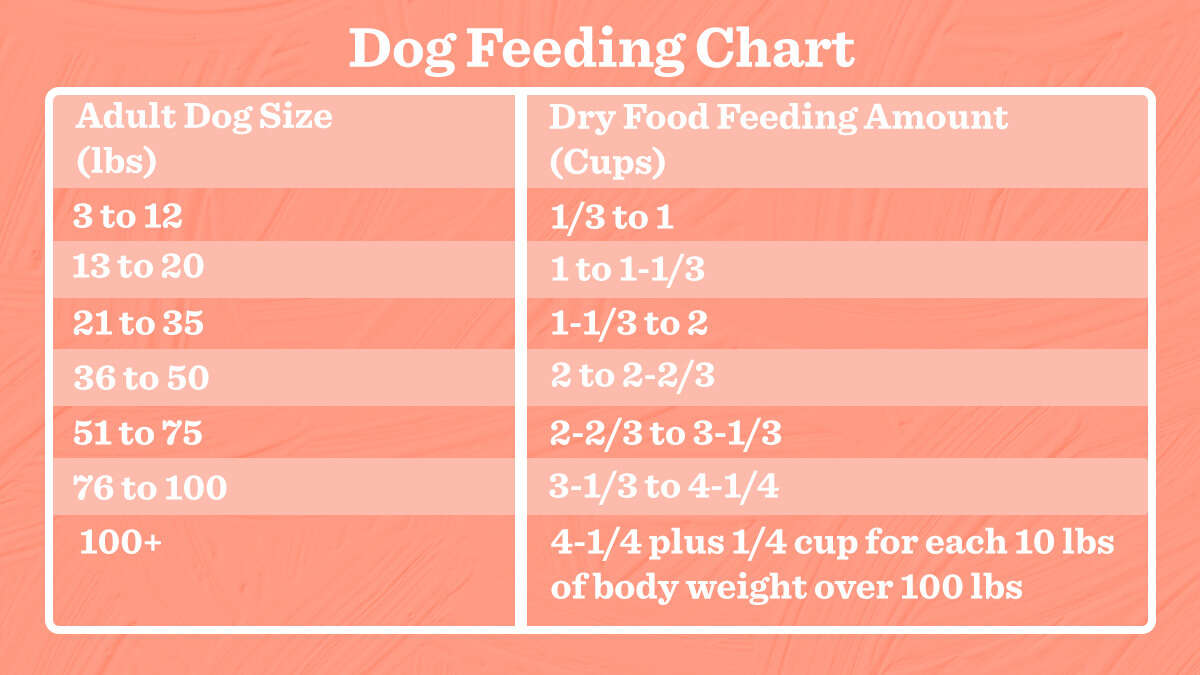


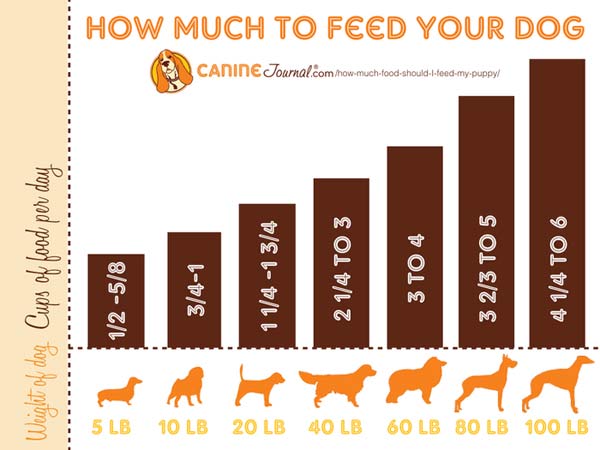
:strip_icc()/Puppy-food-feeding-schedule-2804779-V4-d4ac3bd2b6764f9ebad94f3707561d70.png)
